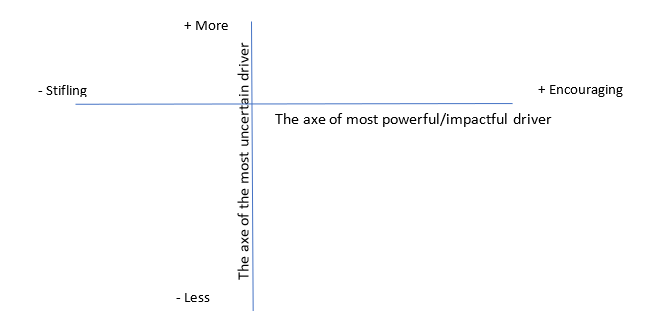Kolba’s Future skills project is all about building a good base for the rural youth and help them prepare for the future changes in professions by gaining the required skills. This may sound an easy thing to do, however it is multilayered and requires hard work and continuous analyzing and dedication. The core methodology and idea that lies in this process for our project is foresight – the thinking process where we decide, create and/or model the future. Through our project, we not just sit and create future, we use certain methodologies to help the process be validated and complete.
As the first round of our activities in the specific sphere, we invited experts from Higher School of Economics, who conducted a training on future forecasting, planning, analyzing and building scenarios. The overall content of the presentations gave the participants a better understanding of how one can plan and foresee the future and what steps to take in advance to reach successful outcomes.

Higher School of Economics experts facilitated the session on regional development, to define which direction the regions are headed and how they will develop. This methodology is a combination of approaches and tools such as: horizon scanning of social, technological, political, economic, environmental factors and local values, that are qualitative factors to consider, but are crucial while developing possible future scenarios. Monitoring of weak signals and drivers of change allow us to see minor developments that can become major in the future and serve as turning points in the future. While in the process of future modeling, we also considered the phenomenon of “black swans” which are the things that might happen (things we don’t know, are out of our control).
The combinations of steps might be different depending on the overall objective of the session, but main tools used are: system thinking and analysis of interactions, data collection to monitor evolving and emerging trends (scientific and technological advancements). The base for modelling the future scenarios is the design of matrix consisting of two main axes, indicating the most uncertain and most impactful/powerful driving forces that might change.
